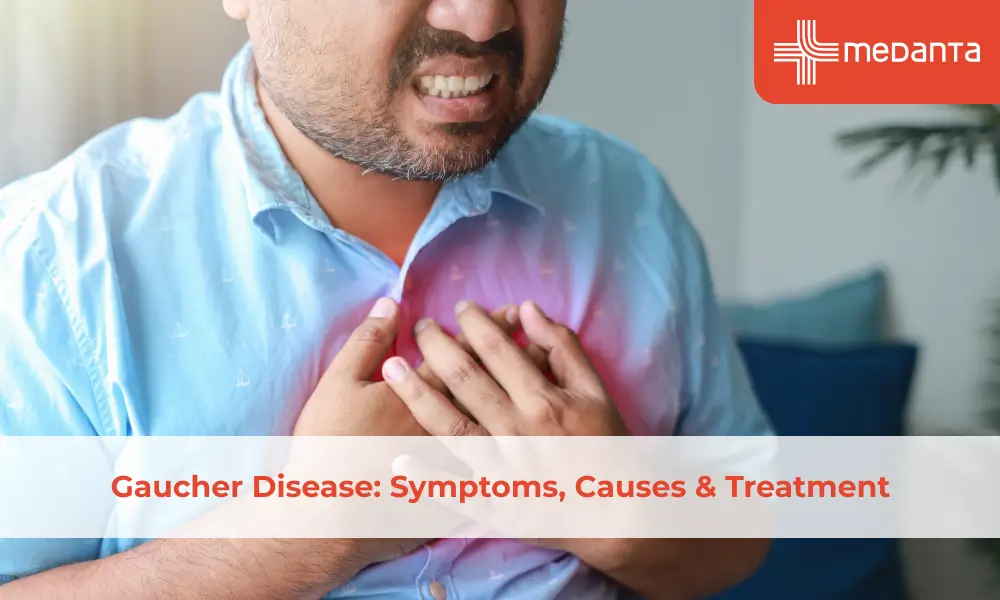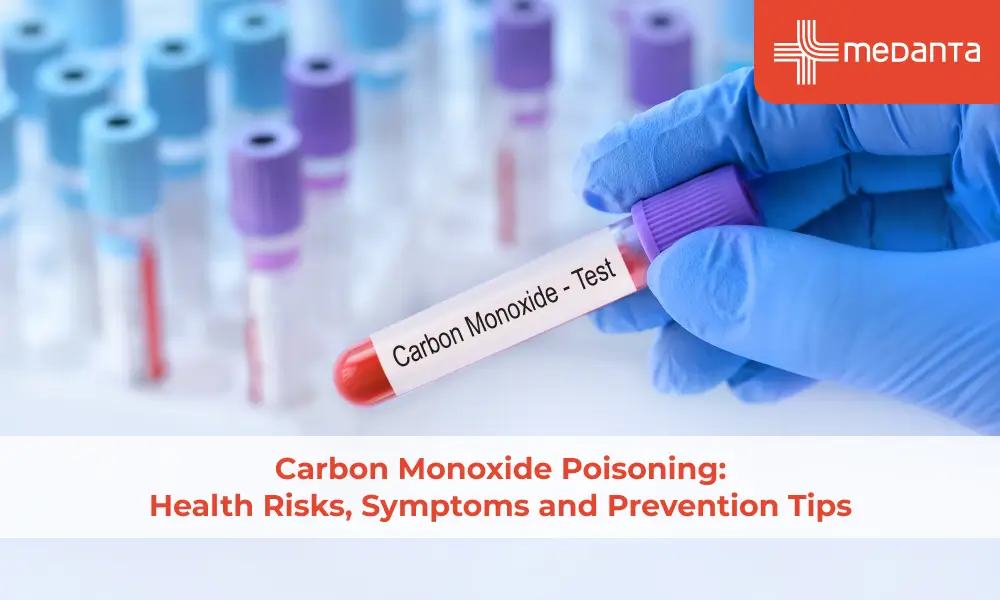What is Endovascular Repair?

Abdominal aortic aneurysms can be treated using endovascular aneurysm repair (EVAR), a minimally invasive technique. The major artery connecting the heart to the rest of the body is the aorta. Small punctures and high-tech tools are used in EVAR to treat abdominal aortic aneurysms to mend blood vessel bulges known as aneurysms.
A kind of therapy for an abdominal aortic aneurysm, or AAA, is endovascular repair. The major artery located underneath the heart has a bulge in its wall known as a AAA. The aorta is the name of the major artery. A weak spot in the artery wall is what is responsible for the bulge. The bulge is liable to tear. The vulnerable part of the aorta is operated on during the surgery to prevent it from rupturing. Aortic aneurysms are bulging, dilatation, or ballooning inside the walls of a blood vessel, often an artery, that occurs as a result of weakening or degeneration in a section of the arterial walls. The aneurysm expands like a balloon, stretching the artery walls so thinly that they can no longer be stretched any more. Similar to when a balloon is overinflated, an aneurysm at this stage runs the danger of rupturing and resulting in possibly deadly haemorrhage.
Who might need this procedure?
Endovascular aneurysm repair aims to stop the abdominal aneurysm of the aorta from rupturing, which is a potentially fatal situation. An aneurysm develops when the pressure of blood flow presses against a weak area in the blood vessel wall, in this case, the aorta. This may cause a burst, cutting off the blood supply to your organs. In just a few minutes, life- threatening problems might arise. By relieving pressure on the aneurysm and relining it with a new tube, EVAR reduces the risk of a rupture. A metal frame of mesh is used for supporting the tube of the fabric. This is frequently known as a stent graft.
A surgical treatment might not be necessary for a minor abdominal aortic aneurysm. If an aneurysm is less than 5 cm in diameter and not enlarging, this is the situation. Smaller aneurysms are less prone to rupture or divide. The doctor will probably keep a careful eye on the health and administer medication to reduce the danger of aneurysm rupture. The two immediate surgical procedures employed for the treatment of an aneurysm are open surgery and endovascular treatment. In an open procedure, a big incision is made in the chest or belly. The section that is injured in the aorta is henceforth substituted by a graft by the surgeon.
If a patient has an aortic aneurysm, EVAR could be beneficial for them. The aorta, the body's main artery, is affected by aortic aneurysms. Not every aneurysm has to be treated. A medical professional would suggest EVAR if the aneurysm:
● Is a large or a smaller one that is expanding fast.
● Doesn’t meet the requirements for open heart surgery with a big incision.
● Have a wholesome blood vessel lining close to the aneurysm.
Details of the procedure:
A. Before the procedure:
● How to be ready for the operation should be discussed with the doctor.
●The technique will be explained to the patient by the healthcare practitioner. They can request whatever information they require.
● Patients will be required to sign a consent document giving the go-ahead for the surgery. If anything on the form is unclear, patients need to thoroughly read it and then ask questions.
● Inform the healthcare practitioner of all the medications they use. This applies to all prescription drugs as well as over-the-counter medications like aspirin. Herbs, vitamins, and other supplements are also included. Before the procedure, patients might need to stop taking some medications, such as blood thinners.
● Patients must give up smoking before surgery. Healing may be delayed by smoking. If one needs assistance quitting smoking, they speak with their doctor.
● If one has ever experienced sedation-related problems, they should let their doctor know.
● If they suffer from allergies, they should let their doctor know.
● If they believe you might be pregnant or are pregnant, they should tell their healthcare professional.
● After midnight on the night before the procedure, avoid eating or drinking.
● Any recent changes in health, such as a fever, should be discussed with the doctor. Before the operation, you might need to have a few tests, like:
● A blood test: These can detect infections and anaemia.
● Electrocardiogram (ECG): The heart rhythm is checked during this process.
● Echocardiography: This can measure the aneurysm’s size.
● CT Scan: The aneurysm is seen in great detail as a result.
● Angiography: This gives more specific information on the aneurysm.
● During the procedure: The treatment will be carried out by a group of skilled medical professionals, including a vascular surgeon. What to anticipate from the operation will be explained by the doctor.
B. THE PROCEDURE
Here’s an illustration of how it’s done:
● The treatment likely will be started with general anaesthesia. The patient won’t feel any discomfort and will doze off during the process.
● Throughout the process, a medical professional will keep a close eye on the vital indicators, such as blood pressure and heart rate.
● The groyne will have a small incision to access an artery by the surgeon. A small, flexible tube called a catheter will then be inserted into the artery by the practitioner.
● To the aneurysm, the tube will be delicately guided. The surgeon will locate the proper area using moving X-ray images.
● Along the catheter, a stent graft is delivered to the aneurysm. Thin polyester fabric is used to cover a tube constructed of a thin metal mesh, the stent to create a stent graft. The tube is compressed to make it more slender and able to pass through the blood artery.
● The stent graft is opened and secured in place once it reaches the aorta. After that, the stent graft remains in place and continues to receive blood. It safeguards that section of the aorta and stops the aneurysm from rupturing.
● The catheter will be taken out by the surgeon. The groin incision is closed, and a tiny bandage is applied to the wound.
C. After the procedure:
Along the catheter, a stent graft is delivered to the aneurysm. Thin polyester fabric is used to cover a tube constructed of a thin metal mesh, the stent to create a stent graft. The tube is compressed to make it more slender and able to pass through the blood artery. The stent graft is opened and secured in place once it reaches the aorta. After that, the stent graft remains in place and continues to receive blood. It safeguards that section of the aorta and stops the aneurysm from rupturing. The catheter will be taken out by the surgeon. The groin incision is closed, and a tiny bandage is applied to the wound.
After the patient reaches home, they might need to relax for a bit. They need to ask their provider if they need to restrict their activities. You might need to take medications to aid in blood clot prevention. It’s important to observe all of the doctor’s recommendations for aftercare. They will heal more quickly as a result of this.






